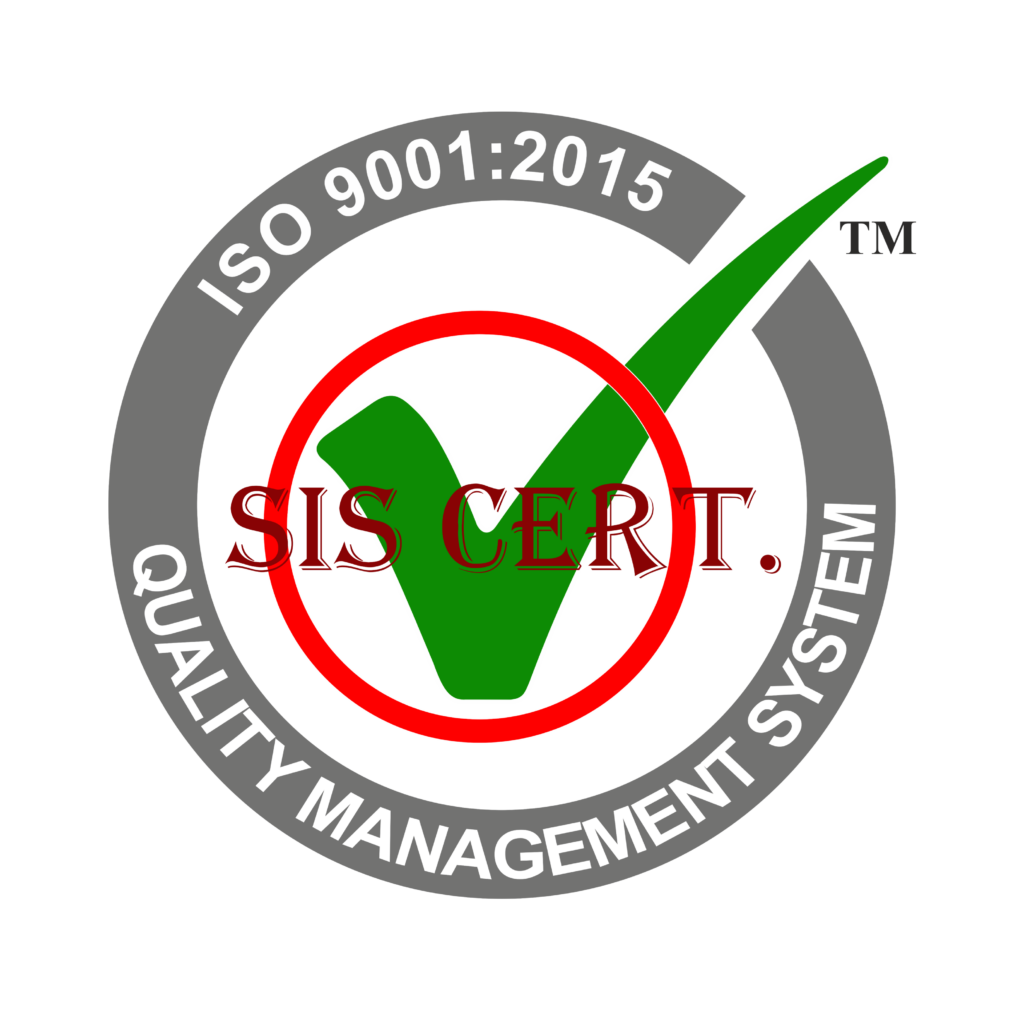Stainless steel production processes are constantly evolving in order to stay ahead of the competition.
This article explores recent advancements and improvements in stainless steel production process technology, which have resulted in improved quality assurance, cost reduction, and increased efficiency.
Join us as we take a closer look at how these innovations are revolutionizing the steel industry.
Key Takeaways
- Advancements in technologies enable improvements in stainless steel production process.
- Automation adoption increases speed, accuracy, and reduces energy consumption and waste.
- Quality control systems ensure products meet customer’s standards and needs.
- Cost-effective measures and innovative technologies reduce production costs.
Benefits of Production Process
The production process’ various benefits make it an attractive option for steelmakers. With advancements in technologies, improvements in stainless steel production process are now possible.
Manufacturing and production processes are becoming more precise and efficient, enabling greater quantities of improved quality steel to be produced. Companies are now able to create steel products with better cost savings, increased production efficiency, and improved product quality.
Additionally, the stainless steel production process is becoming more environmentally friendly as well. By optimizing the production process, steelmakers are able to save energy and reduce emissions.
The improvements in stainless steel production process have made it a more attractive option for steelmakers, providing increased cost savings and improved product quality.
Automation Adoption
By incorporating automated systems into the production process, steelmakers can now create steel products with greater speed and accuracy, while also reducing energy consumption and waste. Automation adoption is revolutionizing the steel industry with its ability to streamline processes and increase efficiency.
It has allowed for a reduction in manual labor, increasing safety, accuracy, and quality control. Automation also minimizes downtime by providing a consistent and reliable production process. It has enabled steelmakers to reduce costs and increase production yields.
Automation has been a major factor in keeping steel production competitive in a rapidly changing world. The implementation of automated solutions has allowed steelmakers to stay ahead of the curve and remain on the cutting edge of innovation.
Quality Assurance
Building on the automation adoption discussed previously, quality assurance plays an essential role in ensuring that steel products are of the highest quality and consistency.
Quality control systems are implemented to monitor each stage of the production process, ensuring that all products meet the customer’s standards and needs.
Quality control teams are responsible for executing tests, tracking product data, and comparing different processes to assess their effectiveness.
These teams monitor production lines, inspect samples, and document all results, making sure that any inconsistencies are addressed promptly.
Cost Reduction
Implementing cost-effective measures and utilizing innovative technologies can help reduce production costs in the stainless steel industry.
A comprehensive cost-reduction strategy can be tailored to fit any steel production process, from the procurement of raw materials to the delivery of finished product.
By streamlining operations, optimizing production processes, and leveraging new technologies, manufacturers can create a leaner production environment that minimizes waste and maximizes efficiency.
Additionally, strategic partnerships with suppliers and vendors can help to identify and reduce costs associated with raw materials, transportation, and other expenses.
Improved Efficiency
Continuing on from cost reduction, improved efficiency can be achieved by leveraging new technologies and optimizing production processes.
Automation of tasks has enabled a more streamlined approach to manufacturing stainless steel, drastically reducing labor costs, and increasing productivity. Robotics and advanced software can be used to streamline processes, boost accuracy, and reduce the time needed to produce steel products.
Advanced analytics can also help identify areas of improvement in the production process and implement best practices.
Additionally, by utilizing the latest in tech and material science, stainless steel can be produced with increased strength and durability, while eliminating waste.
These advancements are revolutionizing the steel industry and positioning it for future success.
Frequently Asked Questions
What Other Industries Can Benefit From This Production Process?
The production process of stainless steel can be beneficial to many industries. Its strength, durability, and versatility make it a great choice for a variety of applications. Its properties make it suitable for use in a range of industries, from automotive to aerospace to medical. Its production process is also cost-effective and efficient, making it an attractive option for businesses looking for innovation.
What Types of Stainless Steel Are Suitable for This Process?
This process is most suitable for the production of austenitic stainless steels. These are strong and corrosion-resistant, making them ideal for a range of industries. High-grade versions offer superior performance.
Are There Any Safety Risks Associated With This Production Process?
Yes, there are safety risks associated with this production process. Careful consideration must be taken to ensure these risks are minimized and the process is properly managed for optimal safety.
How Long Does It Take to Implement This Production Process?
The implementation of this process typically takes several weeks or months, depending on the size and complexity of the project. With proper planning and experienced personnel, however, it can be completed relatively quickly.
How Much Energy Does This Production Process Require?
The current process requires significantly less energy than traditional manufacturing methods, leading to cost savings and environmental benefits.
Conclusion
Automation adoption, quality assurance, cost reduction, and improved efficiency are all major benefits of revolutionizing steel production processes.
The adoption of innovative, automated solutions has allowed for better production control, improved product quality, and reduced production costs.
These improvements in production have allowed for a more efficient and cost-effective steel production process.
Thus, revolutionizing steel production processes has had a positive impact on both the industry and the consumer.


